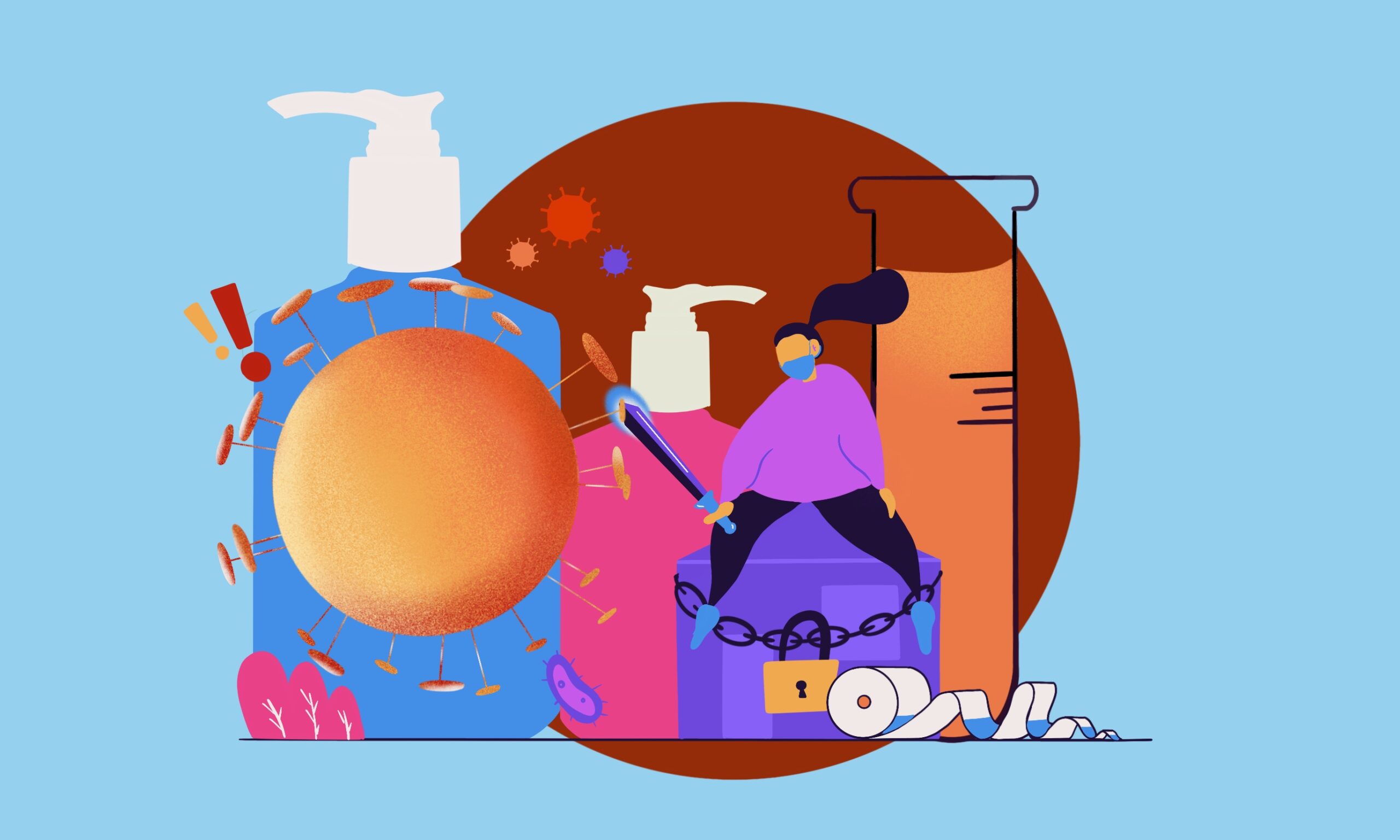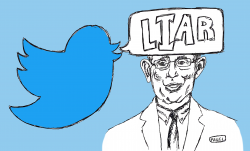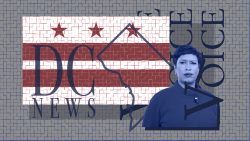Washington D.C. will begin Phase Two of reopening from the shutdown caused by the spread of the novel coronavirus on June 22, Mayor Muriel Bowser announced on June 19.
Phase Two reopening comes after a 15-day decline in COVID-19 cases in the District and involves the gradual relaxing of regulations. Notable changes include an increase in the number of people who may gather at once from 10 to 50 people, the opening of non-essential retail businesses for indoor shopping, and the opening of restaurants for indoor dining.
D.C. has been in Phase One since the stay-at-home order was lifted on May 29. The transition from Phase One to Phase Two has been expected for the past week, despite concerns ongoing protests in response to the death of George Floyd at the hands of Minneapolis police would increase cases in the city. Although 10 states across the country, including Alabama, California, Florida, Oklahoma, Oregon, South Carolina, and Texas are seeing their highest seven-day average of new coronavirus cases per day, likely due to weakened restrictions, D.C. has seen a sustained decrease in cases since June 4, and Virginia and Maryland have both already entered Phase Two. As of June 19, nearly 10,000 District residents have tested positive for COVID-19 and just over 500 have died.
“The move from Phase One to Phase Two means that we have moved from substantial, controlled transmission, where significant mitigation steps were warranted, to minimal to moderate community transmission, where moderate mitigation steps are warranted,” Bowser’s order reads.
Non-essential retail businesses, in addition to offering curbside pick-up services, may now also allow indoor shopping at 50 percent capacity, provided social distancing measures are taken. Personal services, such as tattoo parlors, nail salons, and tanning parlors may open with restrictions.
Restaurants may continue offering outdoor seating and may begin seating patrons indoors provided parties are limited, tables are six feet apart, and appropriate sanitation practices are followed by the staff. Restaurants may not exceed 50 percent capacity.
Museums and the National Zoo can reopen with limits on the number of visitors in a tour group and in any one room at a time. Libraries may open for indoor operations at 50 percent capacity. Fitness facilities can open with a capacity limit of five people per every 1,000 feet.
Universities, such as Georgetown, are permitted to reopen for the fall semester with plans approved by the city including prevention and containment measures. Though Georgetown has not yet announced a plan or submitted one to the city, GUSA officials who have met with administrators reported the options considered include fully online, fully in-person, hybrid with approximately half of the students on campus, or hybrid with all students in D.C. but some in off-campus housing or at hotels.
In order to move into Phase One, D.C had to have a 14-day decline in the number of cases, an ability to test all individuals who are symptomatic, have had close contact with confirmed cases, or serve in essential or at-risk roles, a hospital occupancy under 80 percent for over seven days, and a contact-tracing system for confirmed cases within one day. For Phase Two to begin, the same requirements must continue to be met, as well as an ability to test all residents who feel they need it (with a positivity rate of less than 15 percent for one week), and a hospital occupancy under 8 percent for 14 days.
According to the mayor’s order, most of these criteria have been met, though if at any point the city is no longer able to meet them, they can re-implement previous restrictions. Though D.C. has not quite met its targets on the time it takes to trace contacts, they are expected to hire at least 60 more contact tracers to make up the difference.
These changes for the District do not necessarily apply to Georgetown University, according to an email sent by Provost Robert Groves on June 18, and a second on June 20. The university continues to work virtually, and access to buildings on campus is restricted. All individuals on campus must wear a face covering. Students on campus or in off-campus residences near the university are still not permitted to host gatherings of more than 10 people, despite Phase 2’s allowance for larger gatherings. Students who host or attend these events can be subject to disciplinary action.
Phase Three is likely still a ways off for D.C., as it is recommended to only begin when sees sporadic transmission of the coronavirus.





